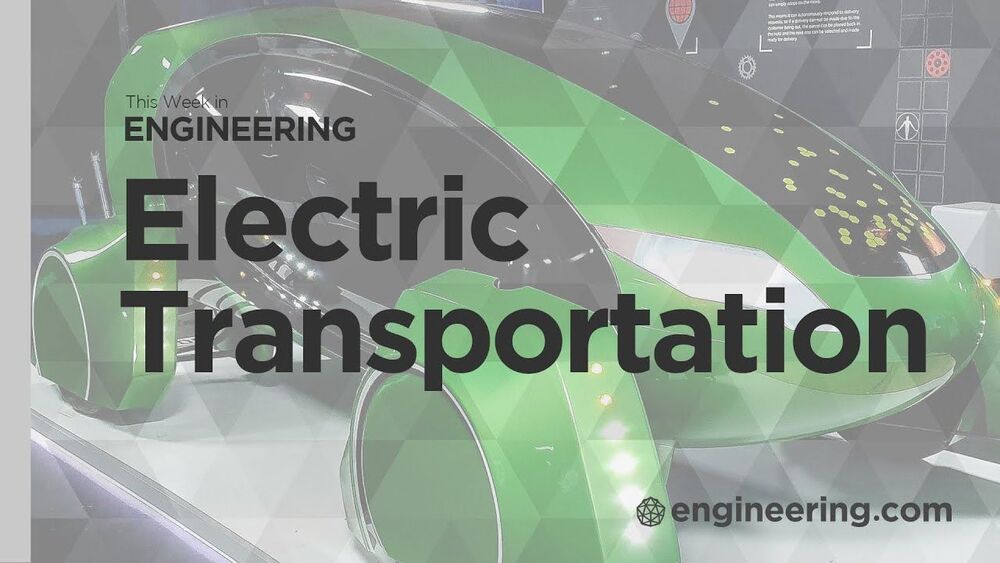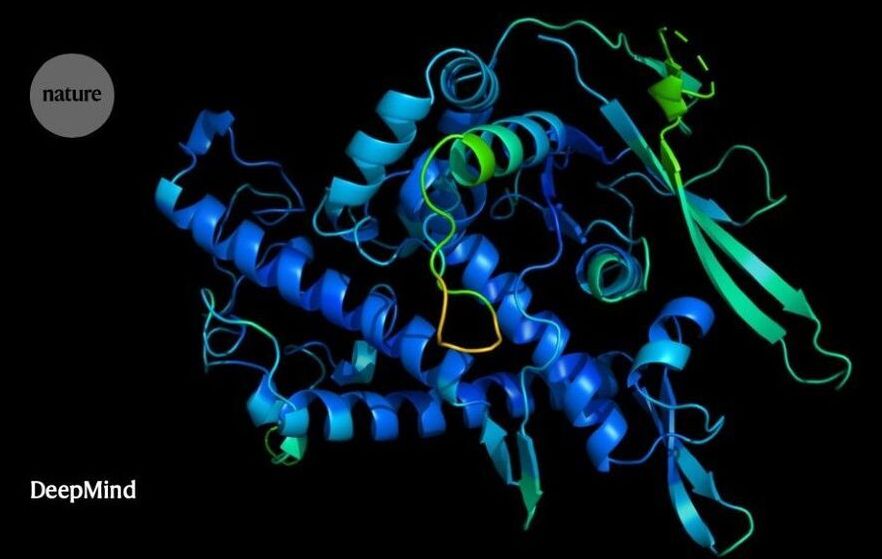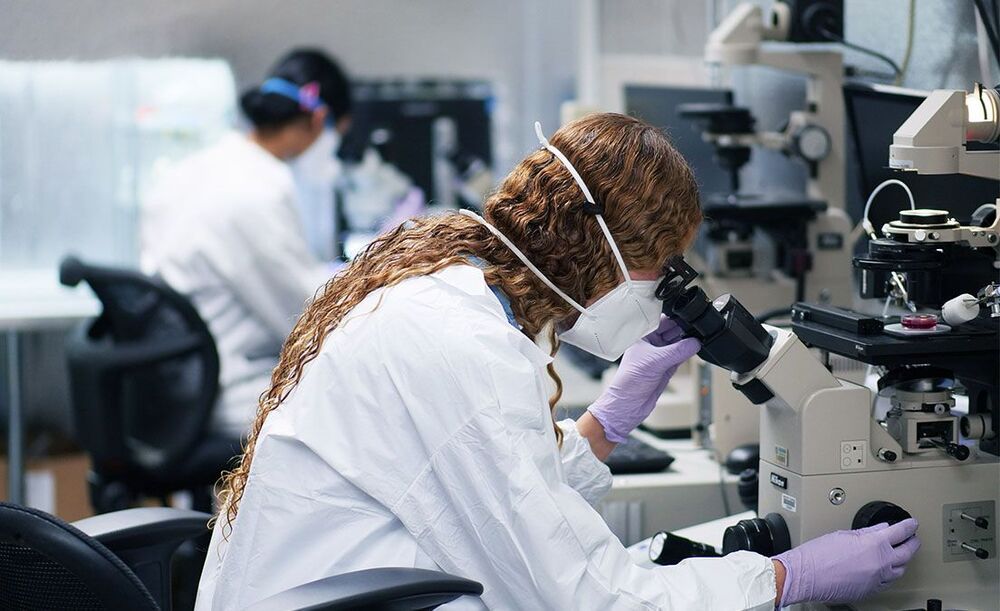It’s my firm belief that the AI revolution we’ve all been so excited about simply has not happened yet. In the next two to three years however, as the hardware that enables “real” AI power makes its way into more and more hands, it will happen. As far as predicting the change and disruption that will come from widespread access to the upper echelons of powerful ML and AI — there are few ways to make confident predictions, but that is exactly the point!
Much like cellphones put so much power in the hands of regular people everywhere, with no barriers to entry either technical or financial (for the most part), so will the coming wave of software-defined hardware that is flexible, customizable and future-proof. The possibilities are truly endless, and it will mark an important turning point in technology. The ripple effects of AI democratization and commoditization will not stop with just technology companies, and so even more fields stand to be blown open as advanced, high-powered AI becomes accessible and affordable.
Much of the hype around AI — all the disruption it was supposed to bring and the leaps it was supposed to fuel — will begin in earnest in the next few years. The technology that will power it is being built as we speak or soon to be in the hands of the many people in the many industries who will use their newfound access as a springboard to some truly amazing advances. We’re especially excited to be a part of this future, and look forward to all the progress it will bring.









